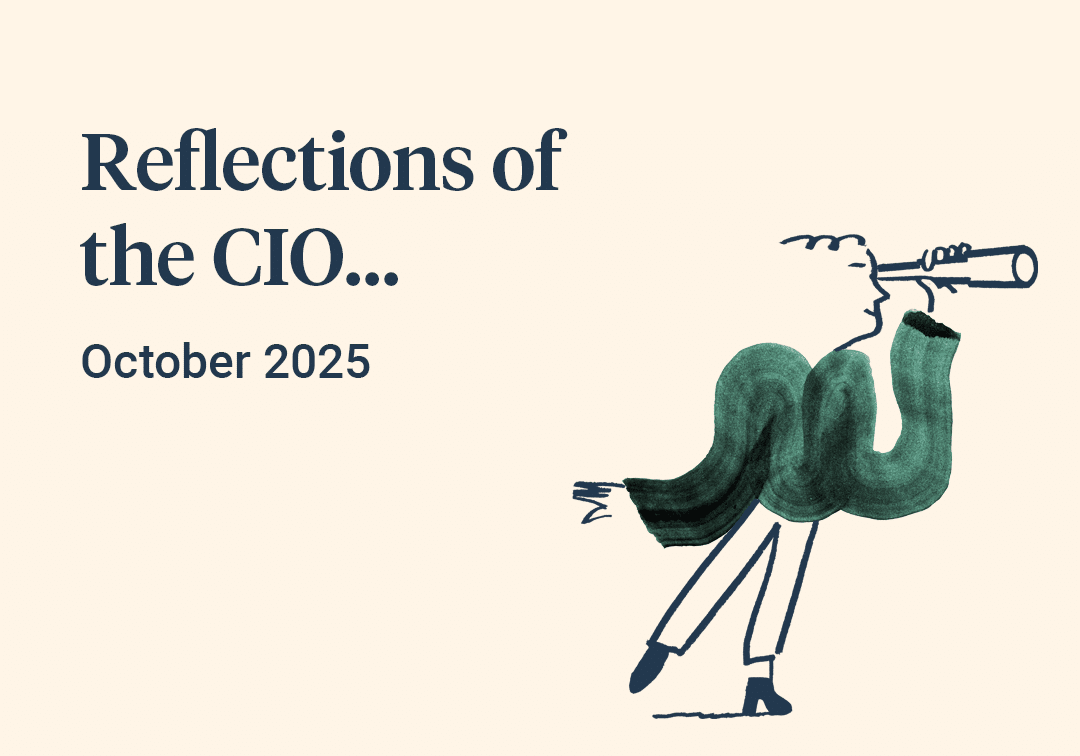April 2025 will forever be remembered as ‘tariff’ month, a period of exceptional market turbulence, confusion and violent swings in investor sentiment.[1] Unpicking what happened, and why, will undoubtedly keep researchers and historians active for many years to come, as the events of April and the few months before, are both different and more profound than the usual market moving headlines.
At the heart of the volatility is the attempt by the new US administration to rewire both the global security and trading infrastructures simultaneously, against a backdrop of uncertain economic strength and massive technological disruption. April was the month when taxes on the importing of goods to the USA, or ‘tariffs’, took centre stage. Investors had already anticipated a seismic move on tariff rates from multi decade lows of around 4% to something closer to 11% on average. An announcement of an average effective rate of nearer 26%* was not anticipated and caused a huge shock and immediate panic in markets.[2] The methodology behind the rates applied to each country was also decidedly shaky, resulting in much mockery online and in the press, but the message that trading with the USA was a ‘privilege’ which had to be paid for did come through loud and clear.
What also came through loud and clear was the markets’ immediate reaction, with falls in stock markets during the first few days of April on a par with the Covid period.[3] Soon the US dollar and Treasury market were also dropping side by side with the equity market, an unusual and toxic turn of events. The US administration blinked first under this market pressure, announcing a 90 day pause in implementation of the new tariff rates to allow countries to negotiate a less onerous outcome. As we write, around 18 countries are in active negotiations with the US over their specific trade deal, and we would expect rolling announcements on terms right up to the summer and beyond. The notable exception to this negotiating group was China, which has punitive tariff rates still in place – a response from the Americans for having the temerity to retaliate to the initial announcements. How the US/China face off eventually plays out will be crucial in working out the long run investment outlook but, as we write, the negotiations have not even begun, with trade between the two effectively facing a ‘dead stop’ in the months ahead.



